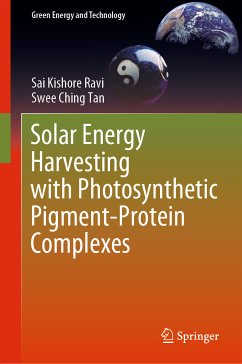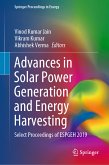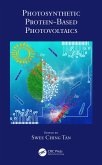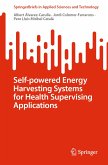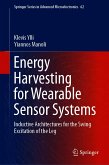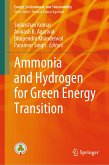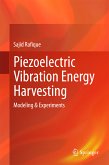This book chronicles a few approaches to constructing biohybrid devices using photosynthetic protein complexes. Can the abundantly available solar energy be tapped to meet our rising energy demands using green and cheap active materials? Exploring nature's own tiny solar factories, the photosynthetic proteins could hold the key. Photosynthetic pigment-protein complexes found in plants and certain types of bacteria transduce sunlight into biologically useful forms of energy through a photochemical charge separation that has a 100% quantum efficiency. Getting the photoproteins to perform this efficient energy conversion reaction in a semi-artificial setup is central to developing biohybrid solar technologies, a promising green alternative to today's photovoltaics. This book looks into the existing challenges and opportunities in the field of biohybrid photovoltaics and provides a few prospective methods of enhancing the photocurrent and photovoltage in these devices. The book targets thereadership of students, academics, and industrial practitioners who are interested in alternative solar technologies.
Dieser Download kann aus rechtlichen Gründen nur mit Rechnungsadresse in A, B, BG, CY, CZ, D, DK, EW, E, FIN, F, GR, HR, H, IRL, I, LT, L, LR, M, NL, PL, P, R, S, SLO, SK ausgeliefert werden.

